Security-Focused Operating Systems
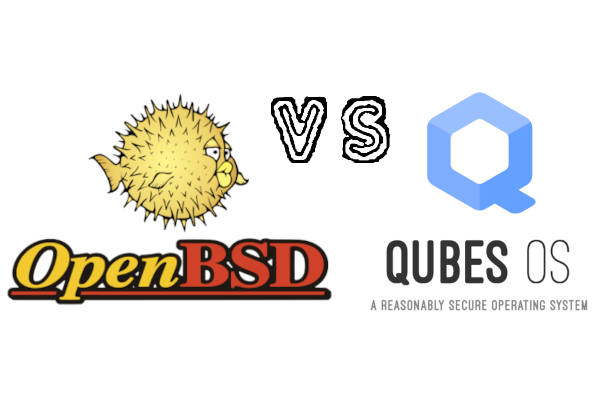
The world has reached a point where the frequency of cyber attacks is gradually influencing people to choose security over convenience and bleeding edge technology. Many are switching from Android smartphones to iPhones or basic flip phones, sometimes referred to as "feature phones." Some are replacing Windows personal computers (PCs) with Apple MacBooks. Individuals more serious about cybersecurity are migrating to Unix-based operating systems (OSes). The reason why is simple. Windows is attacked at a significantly higher rate than macOS, Linux, and other Unix-based OSes combined because it is most prominent in homes and corporate offices. According to DistroWatch.com, there are over three hundred BSD and Linux OSes, but few are built specifically with the goal of increased high security and privacy [1]. Two of the most interesting security-focused OSes in active development today: OpenBSD and Qubes OS.
2 Best Forgotten Resources for Live Linux Support

The most legitimate complaint I've heard against using Linux and free open source software (FOSS):
"Where do I go if I need live support?"
It is a valid question since most free software don't have on-demand technical support and advisors. I learned a lot about the open source realm from the "Podnutz: LinuxForTheRestOfUs" podcast, "It's FOSS" blog, and StackExchange. But YouTube videos and "how-to" guides don't always get to the point, so you sometimes have to search through the content you receive from search engine results. That can be frustrating, no matter how knowledgeable you are in web development or system administration.
Past blogs, videos, and forums, there are two real-time FOSS support communities that never get the respect they deserve.
Kanbans for Small Team Project Management
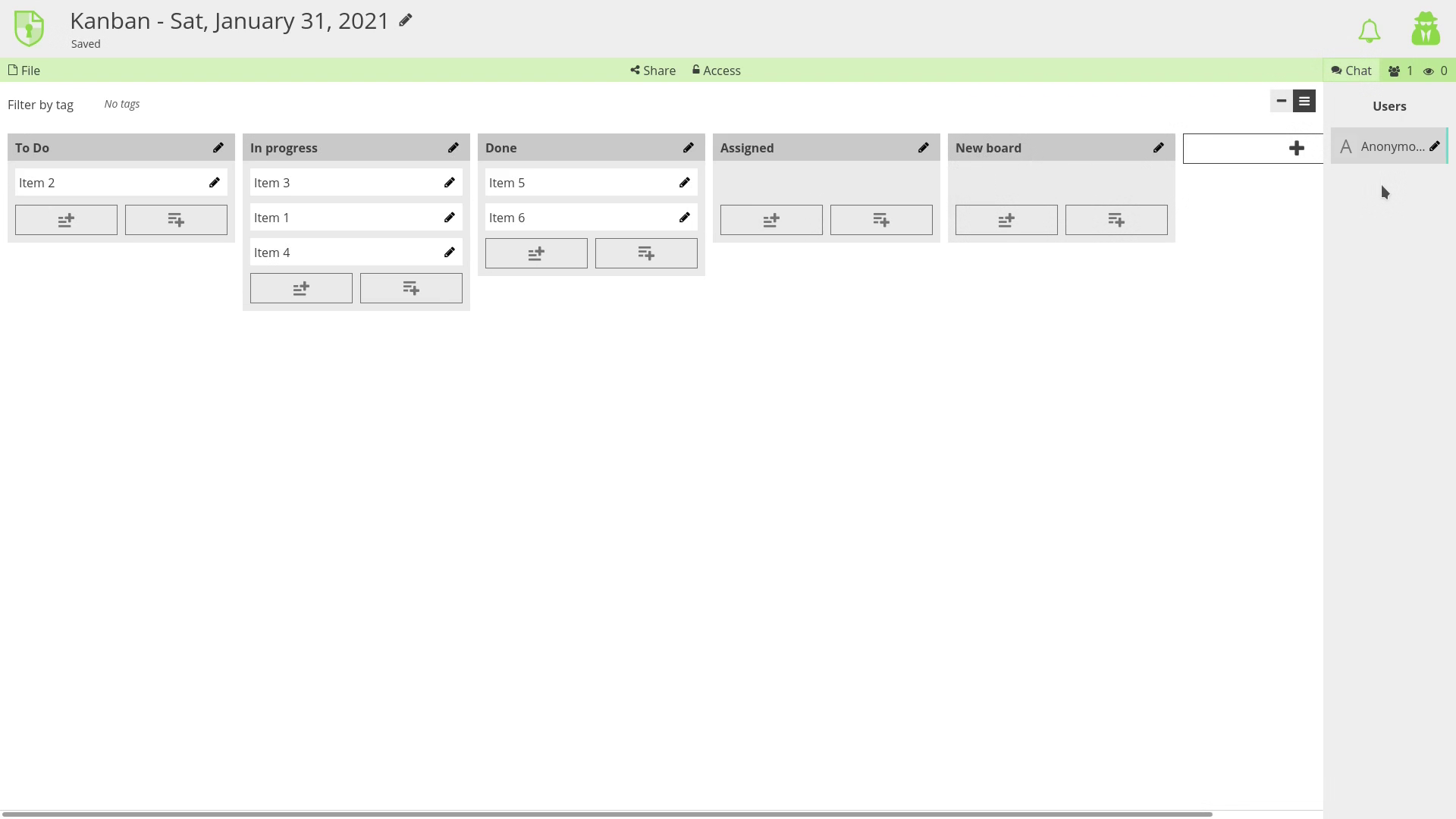
A kanban can be a great solution for task management, or agile project management, within smaller teams. Gantt charts and Scrum have their value but a kanban can benefit creatives, fast-paced departments, and generally busy individuals with hectic personal lives.
Music Production Lessons 2020-2-Golivelively-1

My lessons learned in 2019 recap had quite a bit of geeky stuff in there. In 2020, however, I focused more on the craft. Every track on the 2-Golivelively-1 album was the result of something I'd recently learned.
Kid3-qt ID3 Editor
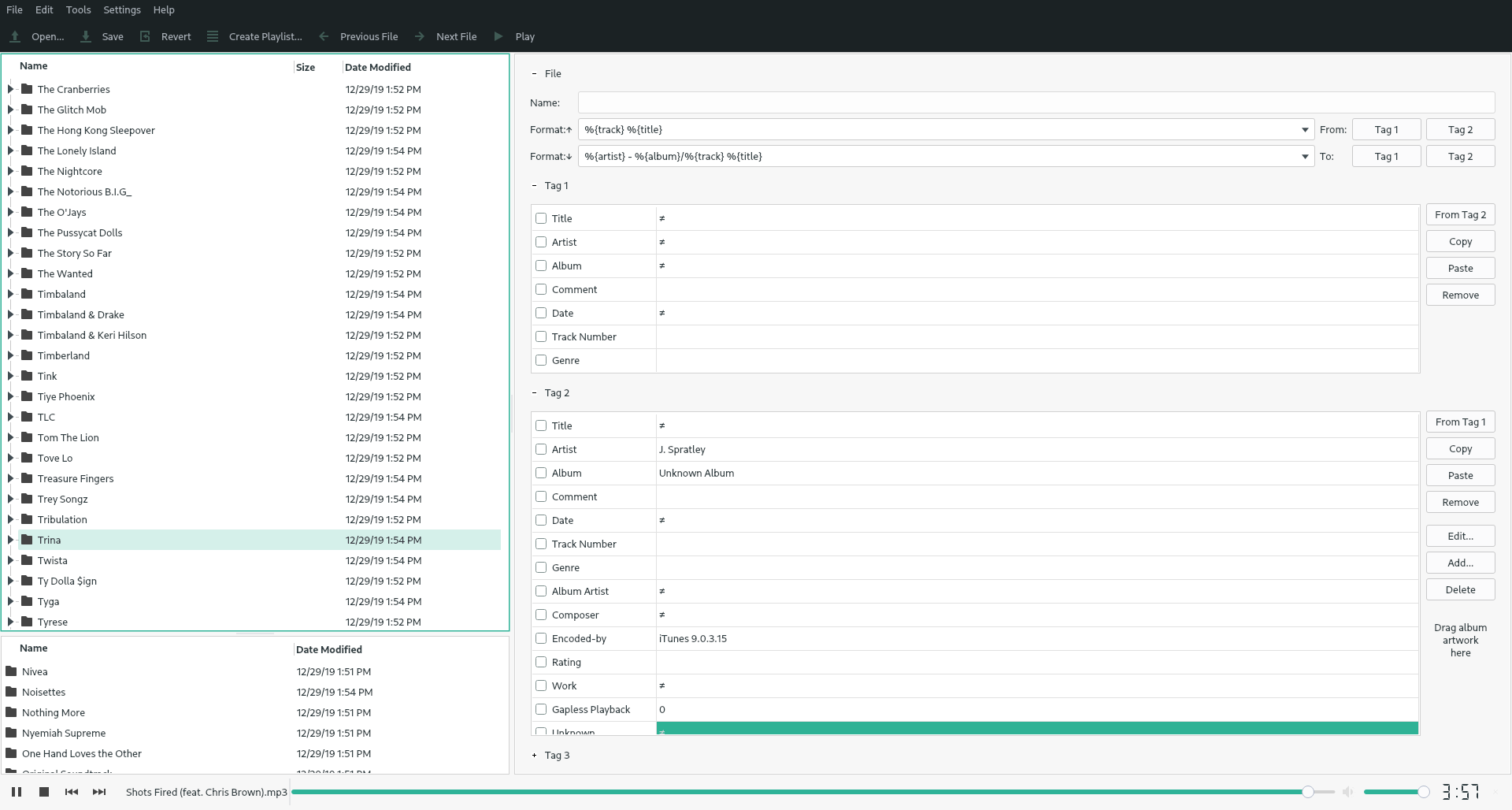
The Kid3 audio metadata editor was pre-installed when I first tried Ubuntu Studio years ago. This FOSS allows Linux, Windows, and macOS users to easily edit a lot of metadata that isn't available in your average music or video player.
My Favorite Falkon Web Browser Features

Falkon, formerly known as Qupzilla, is a Chromium-based web browser for the KDE desktop environment (DE). Qupzilla was buggy and crashed at random when I tried it as a Linux newbie years ago. Falkon is a stable browser that makes compliments my needs for privacy and user experience (UX). I recommend it for anyone looking to try something new. Below are my four favorite Falkon browser features and extensions.
Linux Desktop Environments (DEs) and Window Managers (WMs)
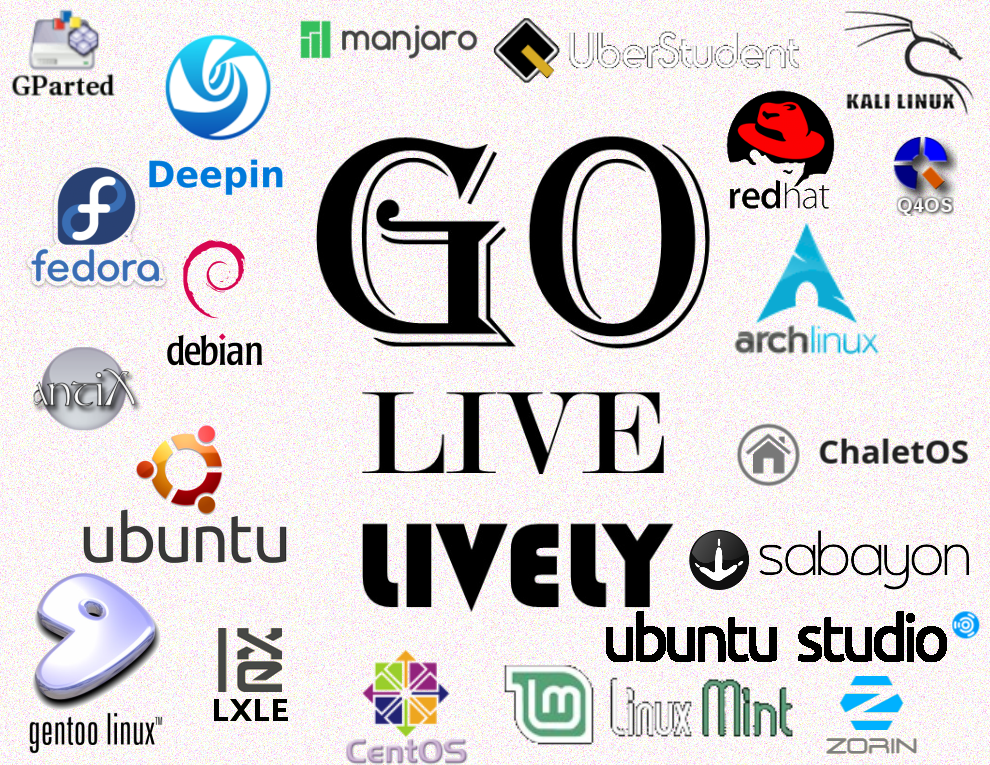
Each desktop environment (DE) has unique pros, cons, and bundled software. I started with Linux Mint with the Cinnamon DE because Cinnamon looked most similar to Windows and Mint was listed #1 on Distro Watch. Cinnamon is very user-friendly for Linux beginners. But of course, I'd later to look into the many others.
5 Linux Distros to Try

First published on June 1, 2020
I covered a lot of Linux distributions in my Syracuse InfoSpace blog on evolving with open source software . After 5 years of browsing Distrowatch.com and Linux distro hopping (with good reasons) , I want to share my subjective, uninfluenced list of 5 Linux distros you should try.
Why Distro Watch Rocks

First published on February 15, 2016
Distro Watch is a user-friendly site where you can find info and reviews for over 100 Linux and BSD distributions. There are four reasons why this is awesome:
12 Types of WordPress Plugins You Don’t Need
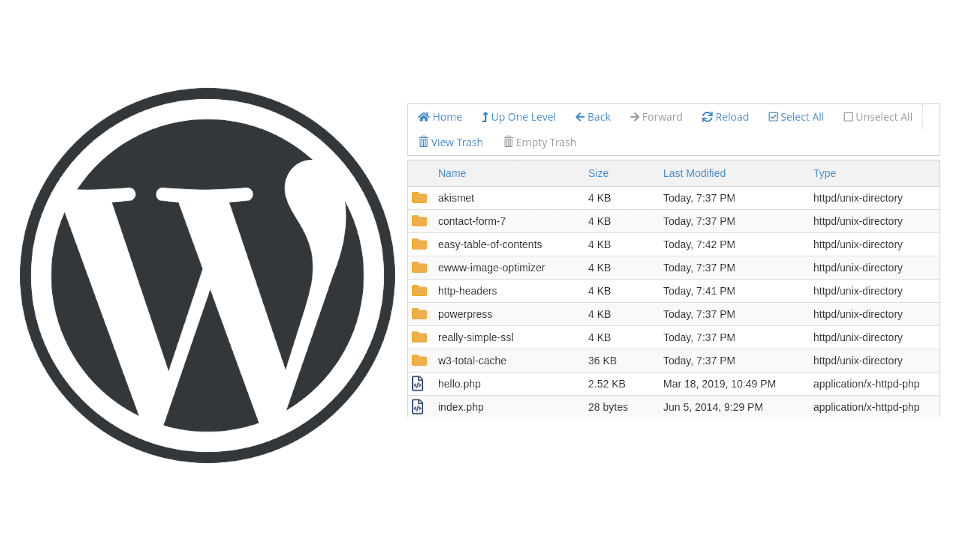
First published on April 20, 2020
I’ve said this a few times in the past, but my goals to improve my WordPress blog taught me HTML and web design. I’ve downloaded a lot of WordPress plugins for extra features without knowing I could’ve achieved the same goal with a few lines of HTML or editing a file that already exists.
User-Friendly Jitsi Meet for Mobile Video Chat
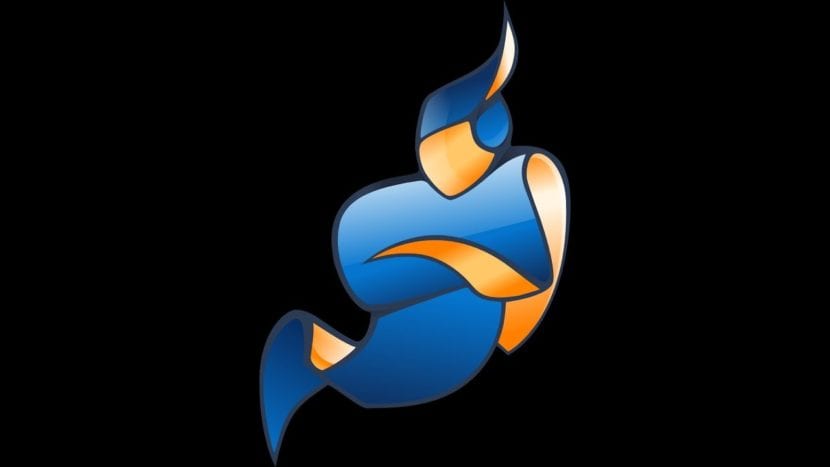
First published on January 27, 2020
I covered using the Jitsi Meet web app in 2017. Recently, someone asked about an easy way to video chat on mobile. Instead of WhatsApp, LINE, Kakao, etc., I recommended Jitsi. But I haven’t used the app yet. So when I was asked how to use it, I had to learn. It’s easy to use.
Uberstudent 4.3

First published on January 25, 2016
Let me first admit that I haven’t used Edubuntu and therefore can’t compare it to Uberstudent. Now, I want to respect the above image as much as possible. Thankfully, that’s easy to do because Ubuntu-based Uberstudent has so many useful apps pre-installed and quick links included in the menu. Though many senior Linux users may not care much for this, novice FLOSS users and college students will appreciate the pre-installed open-source apps and links which allow you to start doing everything the average user would need to do :
Syncthing for Syncing Phones and Linux

First published on March 7, 2016
When I made the transition from Windows to GNU / Linux, the one BIG issue I struggled the most with was the inability to connect my smartphone to my laptop to transfer photos and ringtones. I prefer to create my own ringtones. Since I didn’t want to use Google Drive or Dropbox (because popular apps and weird me), I had to find another alternative. Somehow, probably from Podnutz, I found out about Syncthing, and I’ve been using it ever since.
Shutter for Linux Screenshot

First published on March 21, 2016
For Linux distros, XFCE4-Screenshooter (or Screenshot) seems to be the norm based off the few distros I’ve used. It does what the average user would need it to do – in the GUI or CLI.
Free or Open Source Software Starter Pack 2016

First published on February 6, 2017
Continuing the trend from 2015, this late list is specifically for Linux users. I published the Windows list months ago.
Open Source (Read “FREE”) Software Starter Pack 2015

First published on November 16, 2015
Are you hesitant about jumping into Linux but enjoy the idea of using Open Source Software? Check these apps out.
Libre Office – This software suite is capable of just as much as Microsoft Office, excluding Microsoft Outlook. I donate sometimes to show gratitude for the product. Oh. . .
My Plans for 2017

First published on January 23, 2017
I asked IT professionals from the Rallypoint community what topics I should cover in future Linux and FOSS related podcasts. I got great suggestions involving security:
Linux Ubuntu Server versus Windows Server
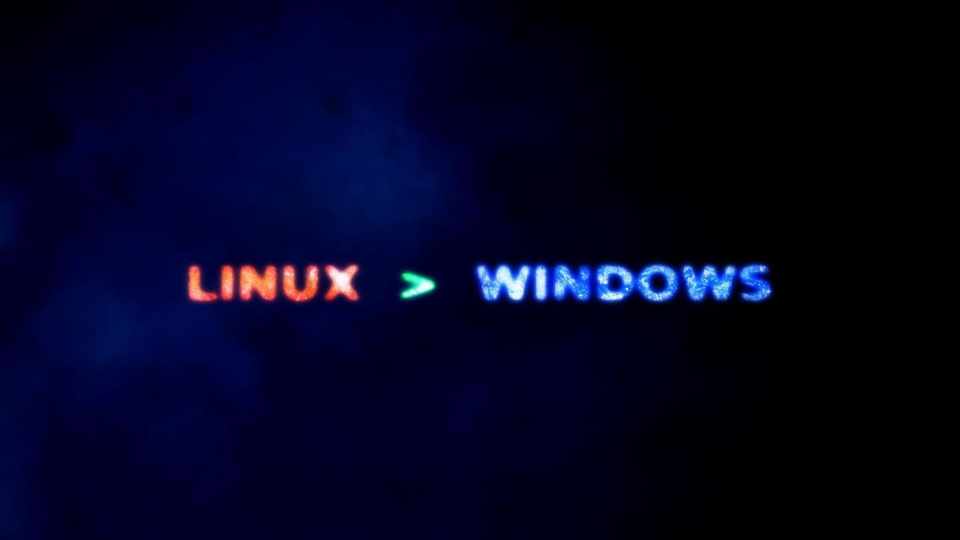
First published on April 10, 2017
This post goes further in-depth with my thoughts in the Syracuse University InfoSpace blog about evolving with open source software.
5 Reasons Why a Linux Newbie Would Like Linux Mint Cinnamon

First published on October 19, 2015
Linux Mint is a great full-featured Linux distribution for beginners with decent laptops with adequate RAM.
Why?
Linux 2018

First published on March 1, 2019
Linux 2017

First published on February 26, 2018
Linux 2016

First published on May 30, 2017
Evolving with Open Source Software at Syracuse University

First published on May 15, 2017
I decided to do some guest blogging for an IT blog since I’ve already done two military-related for RallyPoint. Over the last few months I’ve done two for Syracuse University iSchool (school of information studies) InfoSpace blog. My first post explained 5 applications I think everyone should use. My second InfoSpace post – "Evolving with Open Source Software at the iSchool" – explains how I found ways to use open source software in six IT courses.
5 Reasons I Enjoy Linux Distro Hopping

First published on November 7, 2016
DistroWatch.com lists over 200 operating systems, or distributions (distros), built on top of the Linux kernel for many different purposes – older and smaller laptops, multimedia production, data rescue, security, and more. “Distro hopping” refers to whenever a Linux user switches from one Linux distro to another – same concept as ditching Windows for an Apple computer but you don’t need to buy new hardware, you have more options, and its free. Linux users distro hop for many reasons. I have five.
10 Things To Do After Installing deepin 15.9
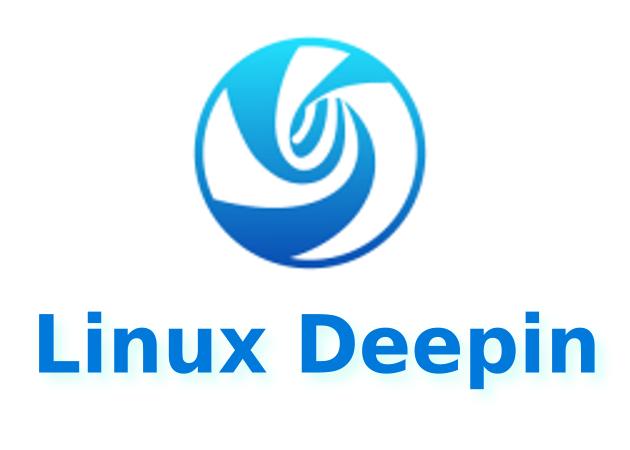
First published on May 6, 2019
A couple months ago I realized I’d only published one IT blog in 2018. But I posted it on the Syracuse InfoSpace. Since my deepin blogs are my most popular, I decided to check out the newest version at the time – deepin 15.7 – but never published a blog.
Months after focusing on distributing music (yes, I’m on Spotify) and music blogs, I wanted to fix this ASAP. So I installed 15.9 (15.10 is available for download as of May 3, 2019) and edited this blog.
10 Sites to find Open Source Alternatives
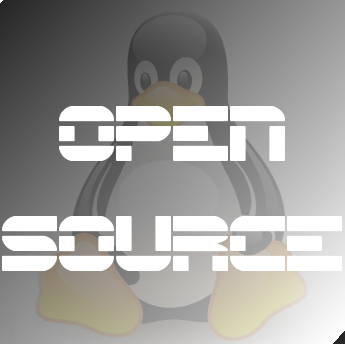
First published on January 30, 2017
I’m always looking for newer and more efficient solutions to accomplish a task rather than simply forcing ways to accomplish new issues with older solutions. Here are 10 websites to check out when you want to think outside the box with not only Free and Open Source (FOSS) but substitute applications.
10 Free or Open Source Programs for Windows in 2016
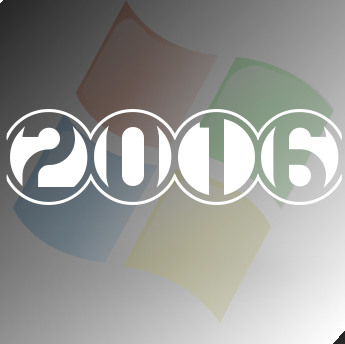
First published on September 12, 2016
Last November, I made a very basic “2015” Open Source Software Starter Pack more focused on average user’s needs. This year, I’m doing a separate and more detailed list for Windows and Linux. This is for Windows users.
5 Resources Musicians Should Know

First published on February 27, 2017
Some resources are amazing for the simple fact that they function as a fact checker for your research and others’ advice. Here are 5 I wish I’d known about years ago.
5 Reasons To Use Ubuntu Studio
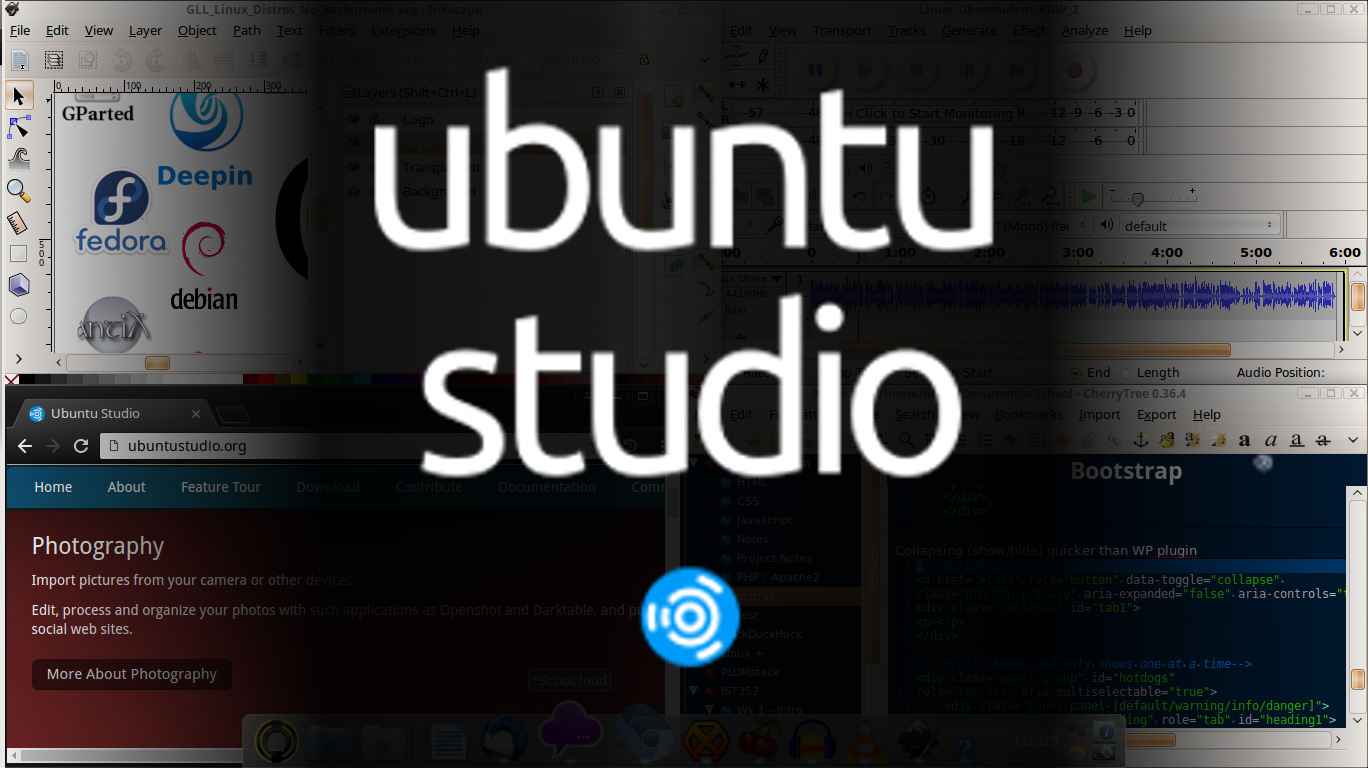
First published on October 3, 2016
Linux Ubuntu Studio is open source, completely free, and an awesome Linux distro for anyone that works with music, graphics, and videos. Here are five quick reason to try Ubuntu Studio.





